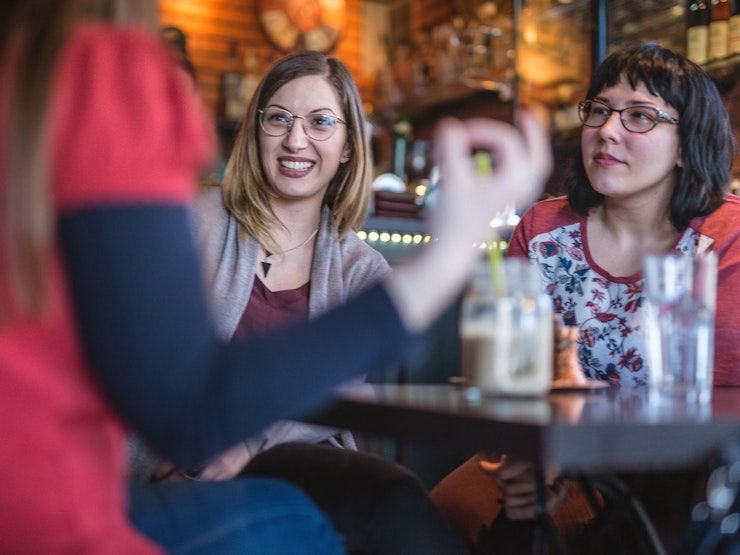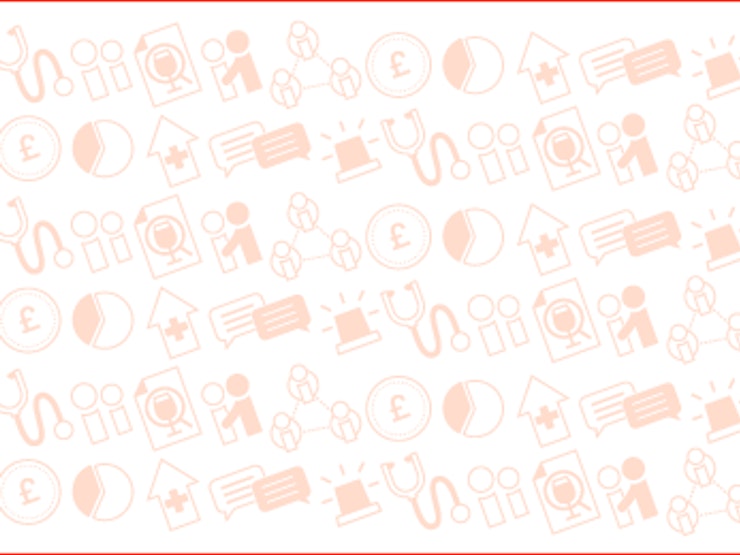Addressing limitations of existing self-report measures of alcohol-related thoughts and behaviours, researchers have begun to measure these pictographically. To date, however, these novel measures have been developed somewhat unsystematically and are predicated on a number of potentially problematic assumptions, meaning that researchers have not been able to assess their reliability or validity fully. This report therefore documents the development of a Refined Alcohol Expectancy Task through (1) selection (2) development and (3) testing of stimuli for inclusion of this pictograph-based tasks. It also provides initial validation data.
11 February 2020
Researchers:
Dr Rebecca L Monk (Co-PI), Prof Derek Heim (Co-PI), Prof Emmanuel Kuntsche (Co-I), Ms Megan Cook, Dr Florian Labhart, Dr Adam Qureshi, Dr Sandra Kuntsche & Ms Jessica Leather
Key findings
- This paper outlines the development and initial validation of a pictorial measure of alcohol-related beliefs, namely the Refined Alcohol Expectancy Task (RAET)
- Participants were equally efficient in recognising the alcoholic and non-alcoholic pictures and could identify the emotions in the pictographic representations
- The RAET has adequate psychometric properties and successfully assesses alcohol expectancies
- Expectancy dimensions assessed by the RAET seemed to be independent of drinking habits
Background
Methods
Phase 1 - A hierarchy of most commonly consumed alcoholic beverages was established, along with a consensus regarding beverage presentation format.
Phase 2 - A professional artist was hired for an iterative development process, producing emotion pictographs that were designed to display characters in everyday scenarios, exhibiting different emotions (e.g., Angry Man watching the TV) based on the Circumplex Model of Affect. Specialised photography of the selected beverages was carried out.
Phase 3 - Participants’ ability to identify accurately beverage and emotion stimuli was assessed asking participants to use a response box to indicate which word (from a choice of eight) matched the image that was presented on the screen. Inverse Efficiency scores for individual stimuli were calculated based on accuracy and reaction time.
Phase 4 -The psychometric properties of the task were then assessed using confirmatory factor analysis and the extent to which scoring high on positive expectancies and low on negative expectancies was associated with self-reported alcohol use was assessed.
Findings
Wine, beer and vodka were the most popularly consumed alcoholic beverages, with a preference for photographic representations. Participants demonstrated equal efficiency in recognising the developed alcoholic and non-alcoholic pictures, as well as the capacity to accurately identify the emotional pictographs that were designed to represent the emotions from Circumplex Model of Affect. Validation by means of confirmatory factor analysis indicates adequate psychometric properties and the RAET successfully assesses alcohol expectancies, expressed in terms of emotions individuals think will occur when people drink alcohol. Contrary to expectations expectancy dimensions, as assessed by the RAET, seemed to be independent of drinking habits.
Conclusions
Maximising the transparency of the stimuli selection, development and assessment process, these results provide a solid basis for a more systematic redevelopment of the scenario-based assessment of alcohol expectancies. Initial validation suggests that the task also appears useful at assessing emotionally shaped alcohol expectancies. Future research is required to examine reasons why, contrary to questionnaire-based measures, RAET-assessed expectancies were not associated with alcohol consumption.


